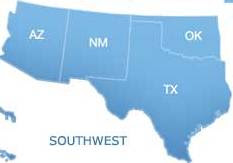| University of Michigan Health | |
The University of Michigan healthcare system, headquartered in Ann Arbor, is known as Michigan Medicine. It is ranked #11 on the U. S. News Best Hospitals Honor Roll. For the state of Michigan, it's ranked the #1 hospital, and it also ranks high for 13 adult and 10 children's specialties. The University of Michigan Medical School accepted its initial class in 1850, and in 1869 opened the first university-owned hospital in the U. S. On the U. of Michigan campus, the Medical Center contains the main hospital as well several specialty hospitals. Michigan Medicine also operates around 40 health centers around southeast Michigan. It employs over 20,000 people, including 3,500 on the academic staff. In 1887, University of Michigan opened the Hygienic Laboratory, the first purpose-built place in the U.S. for studying bacteria, assisting in public health issues. In 1902 the nation’s first Department of Bacteriology was established there. The faculty of the Medical School were among the first to experiment with radiology, and in 1913 appointed the first professor of roentgenology (now radiology) in the U. S. Other pioneering steps at Michigan Medicine include
Specialties and Institutions
The Rogel Cancer Center has been recognized as a Comprehensive Cancer Center by the National Cancer Institute since 1991. In 2018, $150 million was donated by Richard and Susan Rogel to support both cancer patients and cancer researchers. The program stands out for its multidisciplinary approach and sharing of resources. | |
|








